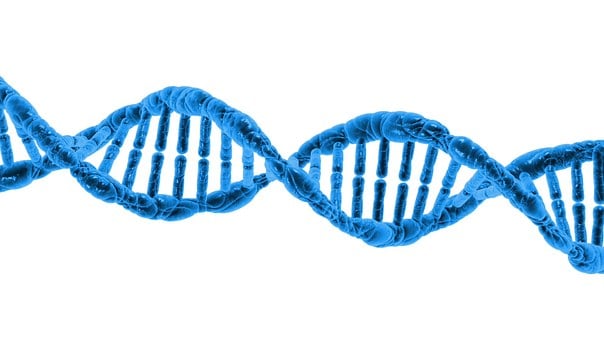Apr 4
2019
3 Common Barriers That Reduce Protein Development
 Protein-based drugs are a quickly growing pharmaceutical sector, providing treatments for cancer and autoimmune diseases, among others. Obviously, efficient, accurate lab results are desirable. The goal is the development of compounds that have a stability measured in years.
Protein-based drugs are a quickly growing pharmaceutical sector, providing treatments for cancer and autoimmune diseases, among others. Obviously, efficient, accurate lab results are desirable. The goal is the development of compounds that have a stability measured in years.
Though there are many factors that can negatively affect the successful development of protein drugs, it is useful to examine some of the most common. Chief among the factors affecting the stability of protein pharmaceuticals are protein aggregation, deamidation, and oxidation. What are these processes? How could they influence your results? Most importantly, how can you prevent them?
Protein Aggregation
To be used in pharmaceutical drug molecules, proteins are routinely folded via van der Waals attractions as well as hydrophobic attractions. These protein protein interactions cause the amino acid chains in proteins to become attracted to themselves and fold in. Unfortunately, when these folded proteins exist in high concentrations, the same attractions can cause amino acids in neighboring proteins to attach to each other, forming protein aggregates.
Protein aggregation can increase the viscosity of the medications, as well as produce visible particles, making the final product less desirable. However, safety concerns are an even greater concern. Aggregations can result in liquids with unknown concentrations, limiting the amount of the drug that can be administered at any time. Researchers also worry about the human body developing immunity to the proteins or even an autoimmune disease.
Deamidation
Deamidation is a chemical reaction in which proteins lose an amide functional group. Often, unfavorable laboratory conditions cause deamidation, including high temperatures and high pH conditions. Deamidation results in the degradation of the protein because it damages the side chains that contain the amides. It is impossible to make generalizations about the effects of deamidation. Effects on protein activity range from none to decreased activity so effects must be considered on a case-by-case basis.
Deamidation affects the final product primarily because it alters the protein, resulting in a product with unknown properties. The product’s stability is affected, and the degree to which the product is effective is now an unknown. It is important to limit deamidation in the lab.
Oxidation
Protein oxidation is one of the main forms of degradation in protein pharmaceuticals. In oxidation, amino acid residues with high oxygen reactivity are exposed to contaminating oxidizing agents during processing and storage. Light and transition metal ions speed up oxidation, resulting in the further break down of the protein.
Ultimately, the loss of biological activity is of utmost concern when it comes to oxidation reactions. Oxidation and the breakdown of the protein results in an unknown product, which is no longer useful because its condition has been compromised, and its effects are now unpredictable.
Protein Stability Characterizations
Addressing the underlying issue of protein stability characterizations can also be especially challenging, particularly when there are so many variables that can come into play. Historically, pharmaceutical companies needed to rely upon complex methodologies, such as differential scanning calorimetry, circular dichroism (CD) spectroscopy, and fluorescence-based activity assays.
While effective, what they lack is ease of use. Conversely, utilizing technology designed specifically for this task can help facilitate more accurate protein stability characterization. One such solution is via NanoTemper Prometheus, a self-contained system that performs multi-parameter characterization, automating the process even when simultaneous measures with the same sample are required. In turn, fewer errors and higher accuracy can be more readily attained.
How can you control protein degradation?
Exposure to higher temperatures aids in deamidation, and care to store laboratory proteins at the correct temperature is essential to their preservation. All of the degradation processes are affected by high pH, so careful attention to pH levels of the environment and reagents is important. Introduction of certain additives, like metals, may speed the oxidation process, so tools and surfaces used should be neutral to oxidation. Finally, storing proteins in air-tight, opaque containers can help to control the amount of degradation.